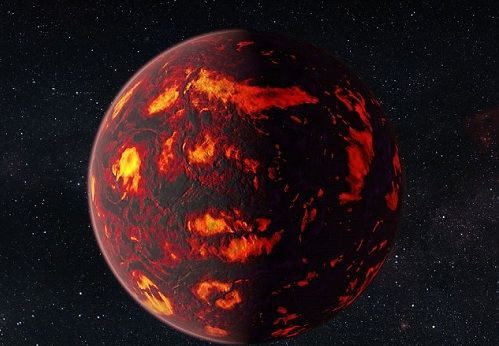In the vast universe, which planet was the first to have life? According to reports, researchers from Harvard University in the United States believe that life in the universe may have first be born on a diamond planet.

Natalie Mashian, a graduate student at Harvard University who led the research, said the study showed that even the stars in our solar system contain very little carbon, which can help form planets, according to reports. “We have reason to believe that alien life is also a carbon-based life like life on Earth, so life may also exist in the early universe.” She said.
The primordial universe is mainly composed of hydrogen and helium, lacking carbon, oxygen and other necessary elements for the formation of life. Only when the first stars exploded into supernovae and the second generation of planets formed, could life emerge.
Mesh and her mentor studied a class of old stars known as “carbon-enhanced metal-poor stars.” The iron content of these stars is only one hundred thousandth of that of the sun, which means that they are all “fossils” in the young universe. By studying them, it is possible to figure out how planets and even life in the universe are born.
The “carbon-enhanced metal-poor star” also has more carbon than expected, despite being less iron and other heavy elements than the Sun. Relatively abundant carbon may influence planet formation. From a distance, these carbon planets are indistinguishable from Earth-like worlds, which are also very similar in size. Astronomers must examine the atmospheres of these planets to see their true nature. Typically, these planets are surrounded by gases such as methane or carbon monoxide.




